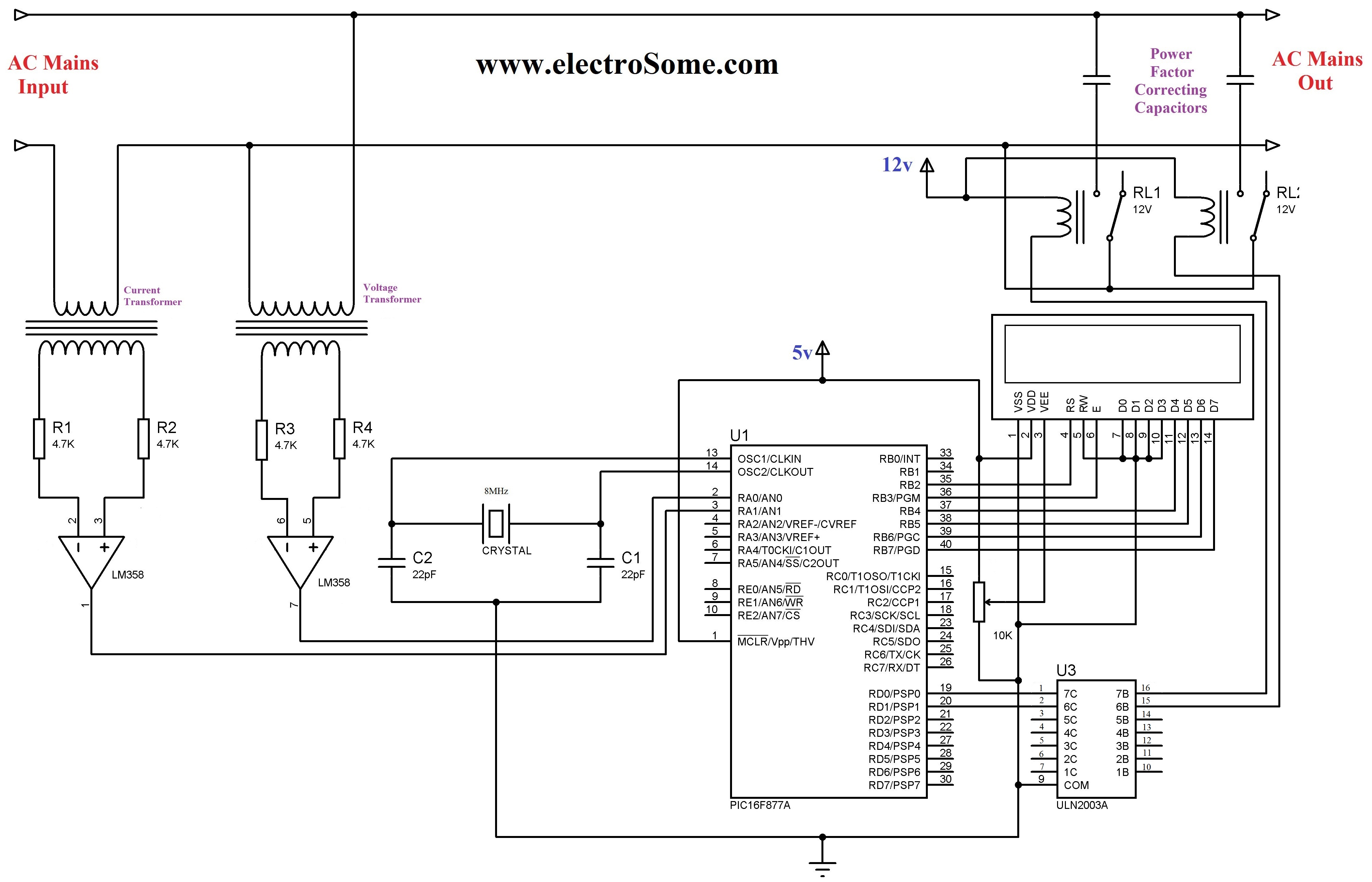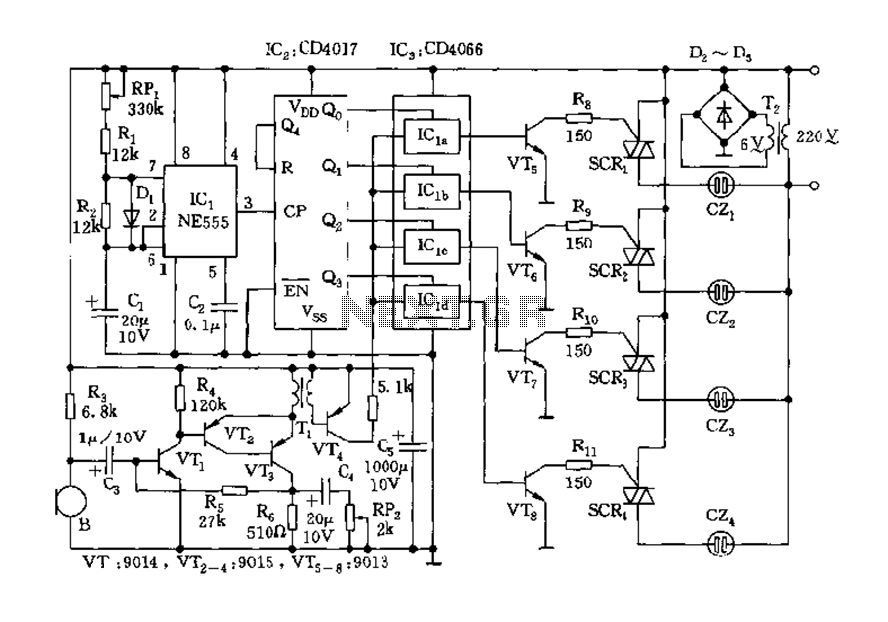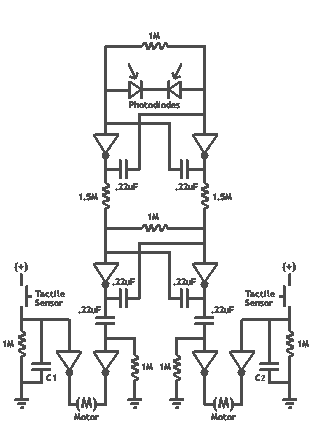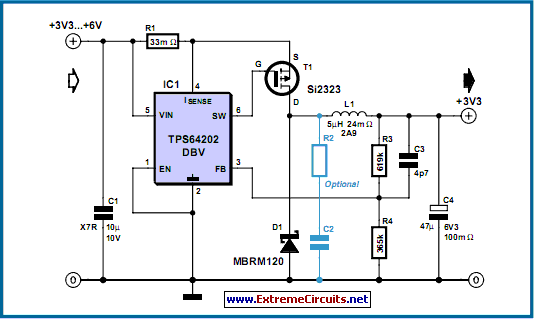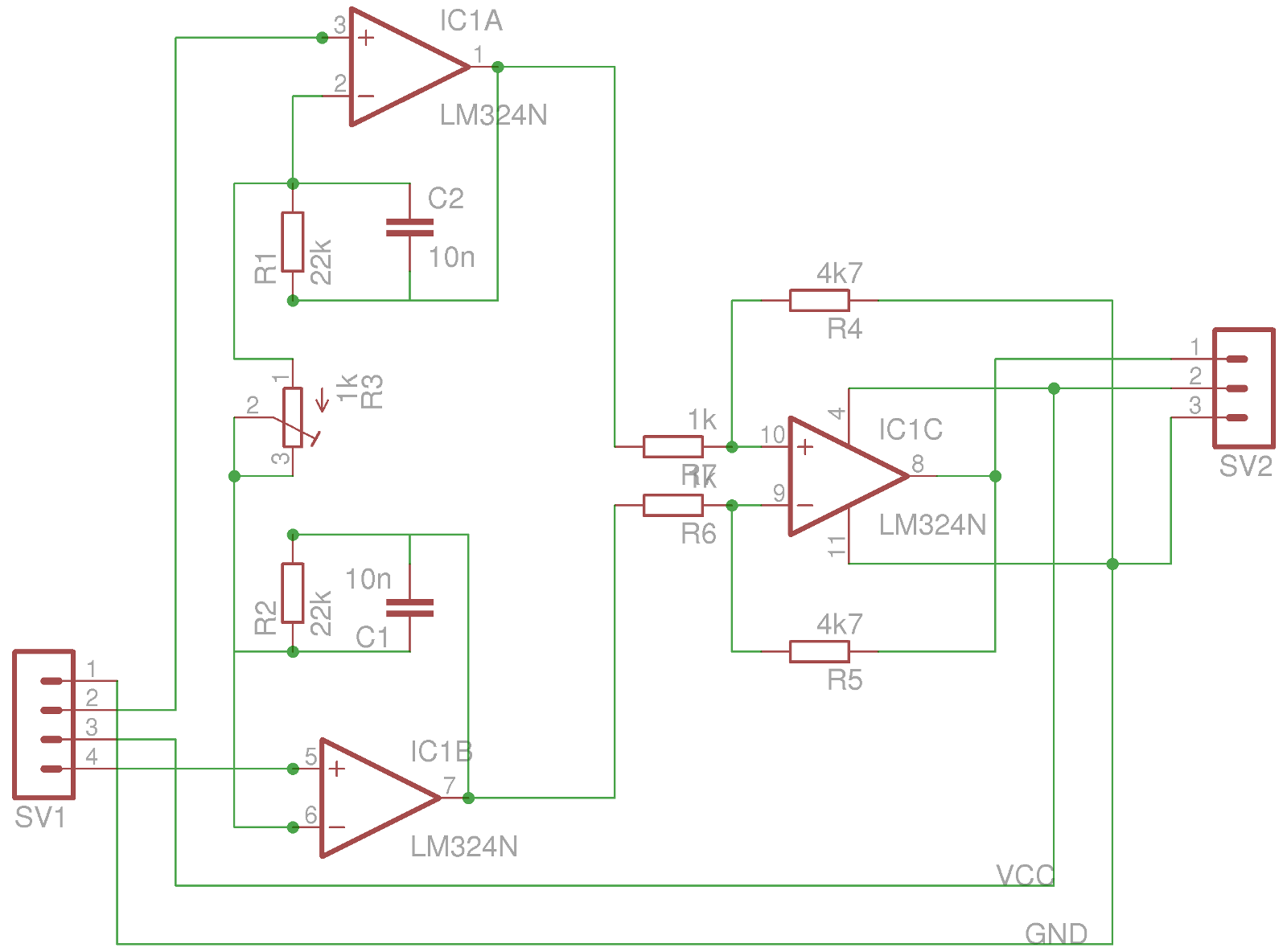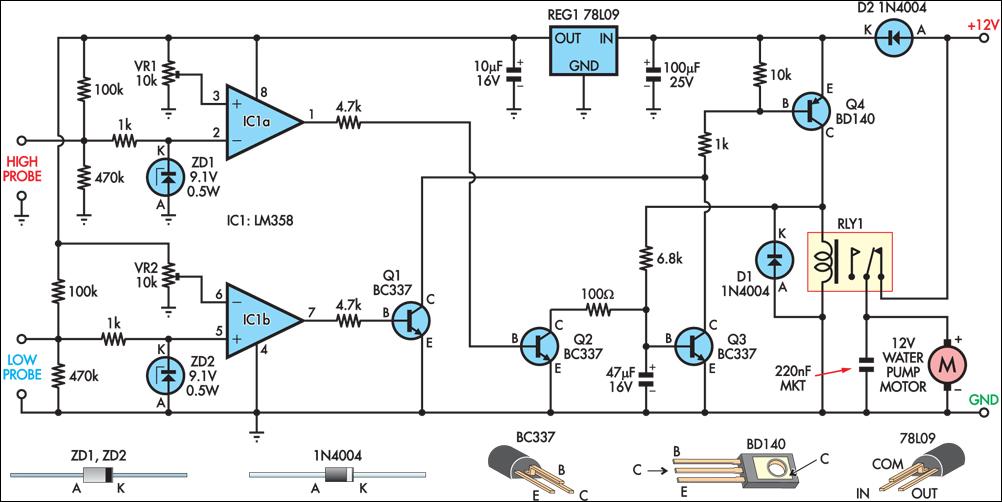
Water Level Controller

This project is designed to control the water level in a water tank. It utilizes an Atarado SMART prototyping PCB, which has proven to be highly effective. The system manages a water pump and maintains the water level between two designated limits. Simple wires serve as sensors that activate when the upper and lower water levels are reached, signaling the controller to turn the pump on or off. The circuit is based on the Atmel ATTINY13 microcontroller, which is one of the most economical options available. The Atarado UNI board, obtained from Atarado's testing samples, simplifies the implementation. The microcontroller monitors the state of the sensors and activates the pump when the water reaches the lower limit. The sensor consists of two wires, and when the resistance becomes infinite, the controller activates the pump. The upper sensor operates similarly but in reverse. The pump is switched on and off via a MOSFET-driven relay. Resistors of 1M are used to account for liquid impedance, with clear water typically exhibiting an impedance of approximately 0.5 to 1M.
The water level control circuit is a practical implementation of automation in fluid management systems, addressing a common challenge faced in various applications, from agricultural irrigation to domestic water systems. The Atmel ATTINY13 microcontroller serves as the core of the system, providing a compact and efficient means to process input from the sensors and control the pump operation.
The sensors are constructed from simple wires, which act as conductive elements that detect the presence of water. When water bridges the gap between the two wires, it creates a low-resistance path that signals the microcontroller. The microcontroller is programmed to recognize these signals, turning the pump on when the water level falls below the lower sensor and turning it off when the upper sensor is activated.
The use of a MOSFET-driven relay allows for efficient control of the water pump. MOSFETs are preferred in this application due to their high switching speed and low on-resistance, which minimizes power loss and heat generation during operation. The relay acts as a switch that can handle higher currents than the microcontroller can directly manage, ensuring reliable operation of the pump.
The inclusion of 1M resistors serves a dual purpose: they help to establish a baseline impedance for the liquid being measured and protect the microcontroller inputs from potential voltage spikes. In the case of clear water, the expected impedance range of 0.5 to 1M is ideal for ensuring accurate sensor readings without false triggers.
Overall, this water level control circuit exemplifies an efficient solution for maintaining fluid levels, combining simple yet effective sensor technology with robust microcontroller programming and reliable switching mechanisms. This design can be adapted and scaled for various applications, making it a versatile choice for both hobbyists and professionals in the field of electronics.This is one of mine projects which can be helpful for controlling water level in water tank. I made it on one of Atarado SMART prototyping PCB for which I can tell all the best. Controller for water tank managing water pump and take care of water level. This is common problem of keeping level in between two limiting positions, and I used the simpl e wire as sensor. Those sensors switching upper and lower level when reached and tells controller when to turn on and off the water pump. Circuit is based on the cheapest Atmels microcontroller Atmel ATTINY13. I used Atarado UNI board which I get from Atarado`s testing samples. It made whole job easy as breeze. Microcontroller take care of sensors state and switches on the pump when water reach lower limit. Sensor is made of two simple wire and when it loses resistance to infinite, controller switches pump.
Upper sensor made same job, but in reversed way. The switching on/of pump is through mosfet drived relay. The resistors of 1M are for liquid impedancy and when using clear water it is about 0. 5 to 1M. 🔗 External reference
The water level control circuit is a practical implementation of automation in fluid management systems, addressing a common challenge faced in various applications, from agricultural irrigation to domestic water systems. The Atmel ATTINY13 microcontroller serves as the core of the system, providing a compact and efficient means to process input from the sensors and control the pump operation.
The sensors are constructed from simple wires, which act as conductive elements that detect the presence of water. When water bridges the gap between the two wires, it creates a low-resistance path that signals the microcontroller. The microcontroller is programmed to recognize these signals, turning the pump on when the water level falls below the lower sensor and turning it off when the upper sensor is activated.
The use of a MOSFET-driven relay allows for efficient control of the water pump. MOSFETs are preferred in this application due to their high switching speed and low on-resistance, which minimizes power loss and heat generation during operation. The relay acts as a switch that can handle higher currents than the microcontroller can directly manage, ensuring reliable operation of the pump.
The inclusion of 1M resistors serves a dual purpose: they help to establish a baseline impedance for the liquid being measured and protect the microcontroller inputs from potential voltage spikes. In the case of clear water, the expected impedance range of 0.5 to 1M is ideal for ensuring accurate sensor readings without false triggers.
Overall, this water level control circuit exemplifies an efficient solution for maintaining fluid levels, combining simple yet effective sensor technology with robust microcontroller programming and reliable switching mechanisms. This design can be adapted and scaled for various applications, making it a versatile choice for both hobbyists and professionals in the field of electronics.This is one of mine projects which can be helpful for controlling water level in water tank. I made it on one of Atarado SMART prototyping PCB for which I can tell all the best. Controller for water tank managing water pump and take care of water level. This is common problem of keeping level in between two limiting positions, and I used the simpl e wire as sensor. Those sensors switching upper and lower level when reached and tells controller when to turn on and off the water pump. Circuit is based on the cheapest Atmels microcontroller Atmel ATTINY13. I used Atarado UNI board which I get from Atarado`s testing samples. It made whole job easy as breeze. Microcontroller take care of sensors state and switches on the pump when water reach lower limit. Sensor is made of two simple wire and when it loses resistance to infinite, controller switches pump.
Upper sensor made same job, but in reversed way. The switching on/of pump is through mosfet drived relay. The resistors of 1M are for liquid impedancy and when using clear water it is about 0. 5 to 1M. 🔗 External reference
